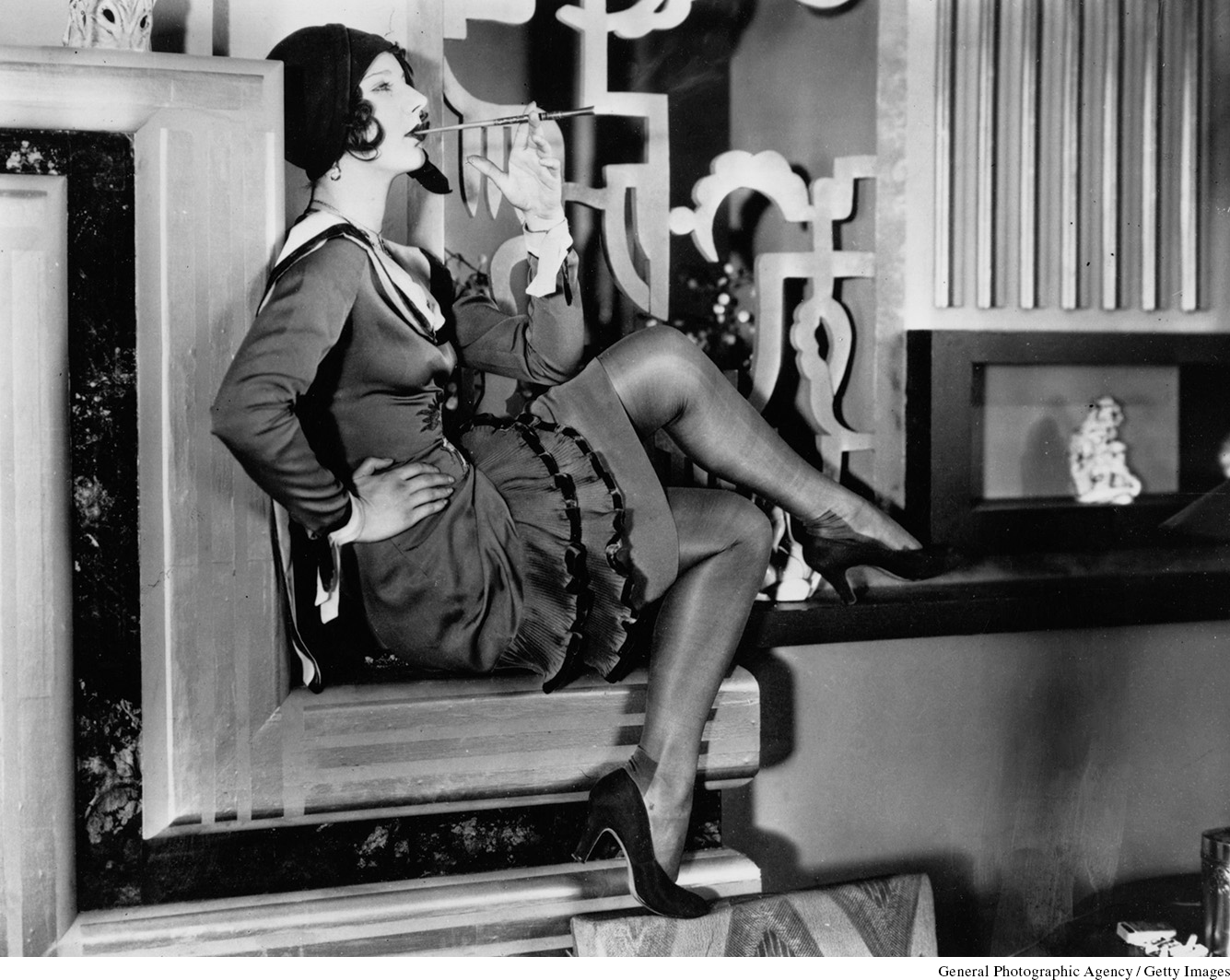Culture for the Masses
Printed Page 847
Important EventsCulture for the Masses
The media received a big boost from the war. Bulletins from the battlefront whetted the public’s craving for news and real-life stories, and sales of nonfiction books soared. After years of deprivation, people were driven to achieve material success, and they devoured books about how to gain it. A biography of Henry Ford, telling his story of upward mobility and technological accomplishment, became a best seller in Germany. Phonographs, radio programs, and movies also widened the scope of national culture.

In the 1920s, film evolved from an experimental medium to a thriving international business in which large corporations set up theater chains and marketed movies worldwide. Films of literary classics and political events developed people’s sense of a common heritage and were often sponsored by governments. Bolshevik leaders backed the inventive work of director Sergei Eisenstein, whose films Potemkin (1925) and Ten Days That Shook the World (1927–1928) presented a Bolshevik view of history to Russian and international audiences.
Films incorporated familiar elements from everyday life. The popular comedies of the 1920s made the flapper more visible to the masses, attracting some hundred million weekly viewers, the majority of them women. Films also played to postwar fantasies and fears. In Germany, the influential hit The Cabinet of Doctor Caligari (1919) depicted frightening events in an insane asylum as horrifying symbols of state power. Popular detective and cowboy films portrayed heroes who could restore wholeness to the disordered world of murder, crime, and injustice. The plight of gangsters appealed to veterans, who had been exposed to the cheap value of modern life in the trenches. Films featured characters from around the world and were often set in faraway deserts and mountain ranges; newsreels showed athletic, soldier-like bodies in sporting events such as boxing.
Like film, radio evolved from an experimental medium to an instrument of mass culture during the 1920s. Developed from the wireless technology of Italian inventor Guglielmo Marconi, the radio quickly became an affordable consumer item, allowing the public concert or lecture to penetrate the individual’s private living space. Specialized programming for men (such as sports reporting) and for women (such as advice on home management) attracted listeners. Through radio, disabled veterans found ways to participate in public events and keep up-to-date. By the 1930s, radio helped politicians to reach the masses wherever they might be—even alone at home.